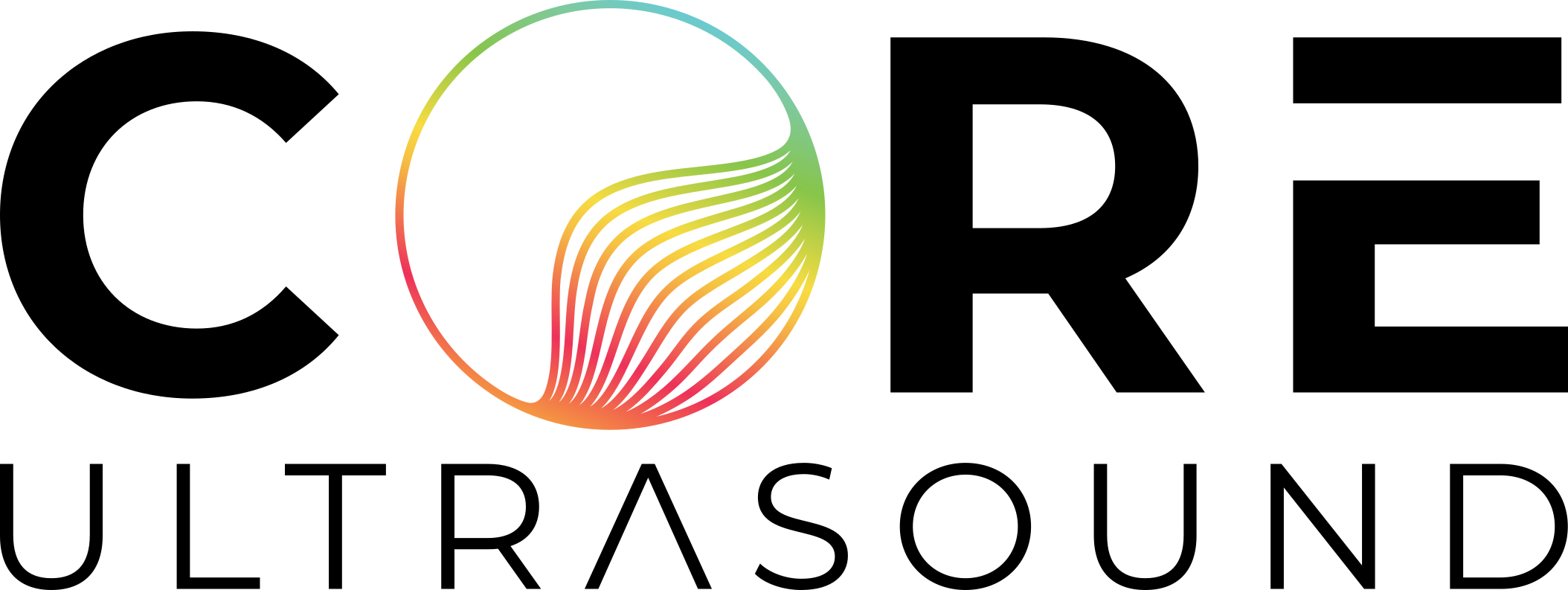Answer: Ulnar nerve block
- Anesthetic blockade of the ulnar nerve has many useful applications for pathologies in the hand. Some of those described include lacerations, abscess and fractures.1,2
- The ulnar nerve supplies the sensory portion of the medial 1.5 digits of the hand. (This includes bone and muscle in that area.)
- Traditional landmark-based technique at the wrist may be unsuccessful since the division of the ulnar nerve into the dorsal and palmar cutaneous branches occurs at variable locations from the wrist.2 Additionally, the ulnar artery lies perilously close to the nerve until around the mid forearm.
- Ultrasound guidance at the wrist may be used, but suffers from the same downfalls as landmark-based guidance.
- The ulnar nerve can be tracked up the arm until it moves away from the artery. Five to eight cc’s of local anesthetic can be deposited around the nerve at that location.2 After around 10-15 minutes, the ulnar aspect of the hand should be insensate, thus facilitating whichever procedure should be required in that location
- For a detailed video tutorial on how to perform the ulnar nerve block, please check out our sister site 5minsono.com.
References:
- Stone MB, Muresanu M. Ultrasound-guided ulnar nerve block in the management of digital abscess and hand cellulitis. Acad Emerg Med. 2010;17:(1)E3-4. [pubmed]
- Gray AT, Schafhalter-zoppoth I. Ultrasound guidance for ulnar nerve block in the forearm. Reg Anesth Pain Med. 2003;28(4):335-9.


